-

2,6-Difluorobenzoicacid CAS:385-00-2
2, 6-difluorobenzoicacid is an organic compound with the formula C7H4F2O2 that is a derivative of benzoicacid. It is a white solid with important applications in chemical synthesis and organic chemistry research.
-

2,6-Dichlorobenzoicacid CAS:50-30-6
2,6-Dichlorobenzoicacid is an organic compound with the chemical formula C7H4Cl2O2, derived from benzoic acid. It appears as a white crystalline solid and holds significance in chemical synthesis and organic chemistry research.
-

2,5-Dichlorobenzoicacid CAS:50-79-3
2,5-Dichlorobenzoicacid is an organic compound with the chemical formula C7H4Cl2O2, derived from benzoic acid. It is a white solid with significant applications in chemical synthesis and organic chemistry research.
-
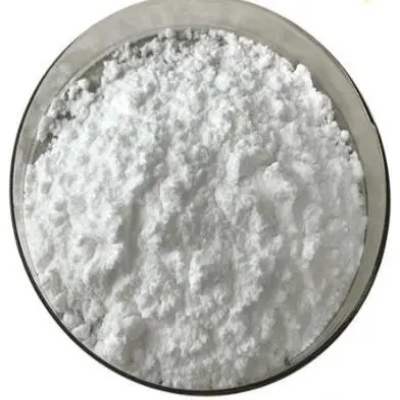
2,4-Dichlorobenzylchloride CAS:94-99-5
2,4-Dichlorobenzylchloride, also known as DCBC, is a chemical compound represented by the formula C7H5Cl3. It exists as a colorless to pale yellow liquid with a noticeable odor. DCBC is utilized in various industrial processes and chemical synthesis due to its specific chemical properties.
-
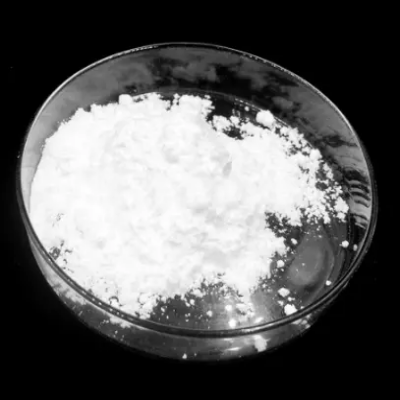
2-(Chloromethyl)benzoylchloride CAS:42908-86-1
2-(Chloromethyl)benzoyl chloride is a chemical compound with the molecular formula C8H6Cl2O. It features a benzene ring substituted with a chloromethyl (CH2Cl) group and a carbonyl chloride (COCl) group at the ortho position relative to each other. This compound serves as a reactive intermediate in organic synthesis due to its versatile functional groups.
-
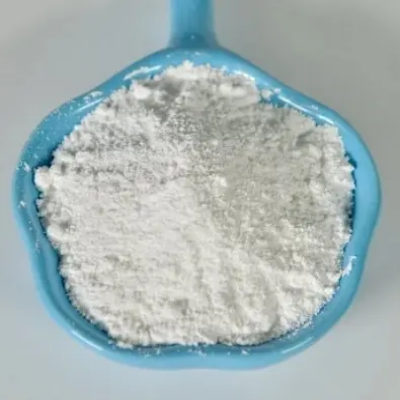
2-chloro-6-fluorobenzoylchloride CAS:79455-63-3
2-chloro-6-fluorobenzoylchloride is a chemical compound with the molecular formula C7H3Cl2FO. It is commonly used as an intermediate in the synthesis of various pharmaceuticals and agrochemicals due to its versatile reactivity and functional groups. This compound is a key building block in organic chemistry, often employed in the preparation of complex molecules with specific biological activities.
-

2-Chloro-6-fluorobenzoicacid CAS:434-75-3
2-Chloro-6-fluorobenzoicacid is an organic compound with the formula C7H4ClFO2 that is a derivative of benzoicacid. It is a white solid with important applications in chemical research and organic synthesis.
-
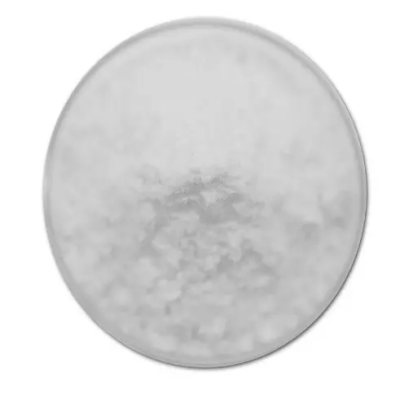
1-Chloromethyl-4-fluoro-benzene CAS:352-11-4
1-Chloromethyl-4-fluorobenzene, also known as CMBF, is a chemical compound represented by the formula C7H6ClF. It presents as a colorless to pale yellow liquid with a noticeable odor. CMBF finds utility in various industrial processes and chemical syntheses due to its specific chemical properties.
-
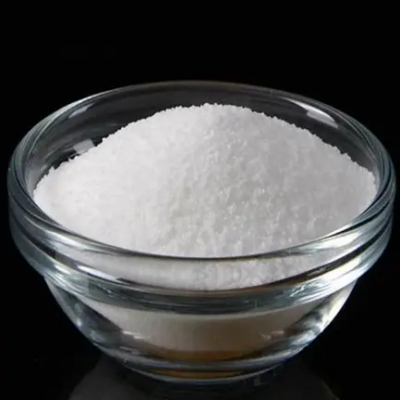
2-Chloro-6-fluorobenzylChloride CAS:55117-15-2
2-Chloro-6-fluorobenzylChloride is an organic compound with the chemical formula C7H5Cl2F. It appears as a colorless to pale yellow liquid and is sparingly soluble in water but soluble in organic solvents.
-

tert-Butyl 4-aminohexahydro-1H-isoindole-2(3H)-carboxylate CAS:1027333-18-1
tert-Butyl 4-aminohexahydro-1H-isoindole-2(3H)-carboxylate is a notable chemical compound with versatile applications in various industrial and research domains. With a molecular formula C<sub>13</sub>H<sub>25</sub>NO<sub>2</sub>, it comprises a fused isoindole ring system substituted with a tert-butyl ester and an amino group. Synthesized using established organic synthesis methods, it ensures high purity and consistency in its properties.
-
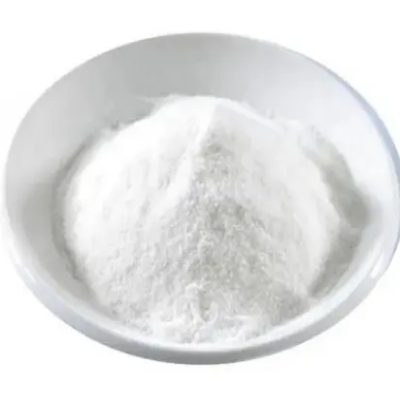
Octahydro-1H-isoindol-4-amine CAS:477700-49-5
Octahydro-1H-isoindol-4-amine is a significant chemical compound widely used across various industrial and research sectors. With a molecular formula C<sub>8</sub>H<sub>15</sub>N, it is composed of a bicyclic structure containing an isoindole ring fused with a cyclohexane moiety, bearing an amino group. Synthesized through established organic methods, it guarantees high purity and consistency in its properties.
-
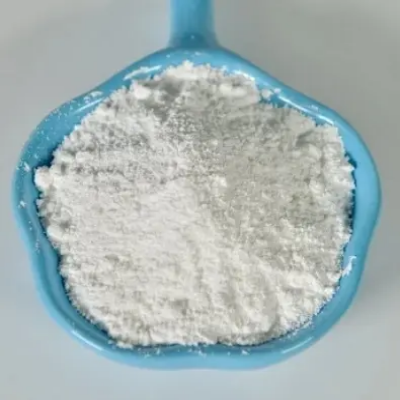
tert-butyl 2-(aminomethyl)piperazine-1-carboxylate CAS:1441161-43-8
tert-butyl 2-(aminomethyl)piperazine-1-carboxylate is a notable chemical compound with versatile applications in various industrial and research sectors. With a molecular formula C<sub>11</sub>H<sub>22</sub>N<sub>2</sub>O<sub>2</sub>, it comprises a piperazine ring substituted with an aminomethyl group and a tert-butyl ester. Synthesized using established organic synthesis methods, it ensures high purity and consistency in its properties.

